Sensors in use at the Centre for Precision Agriculture
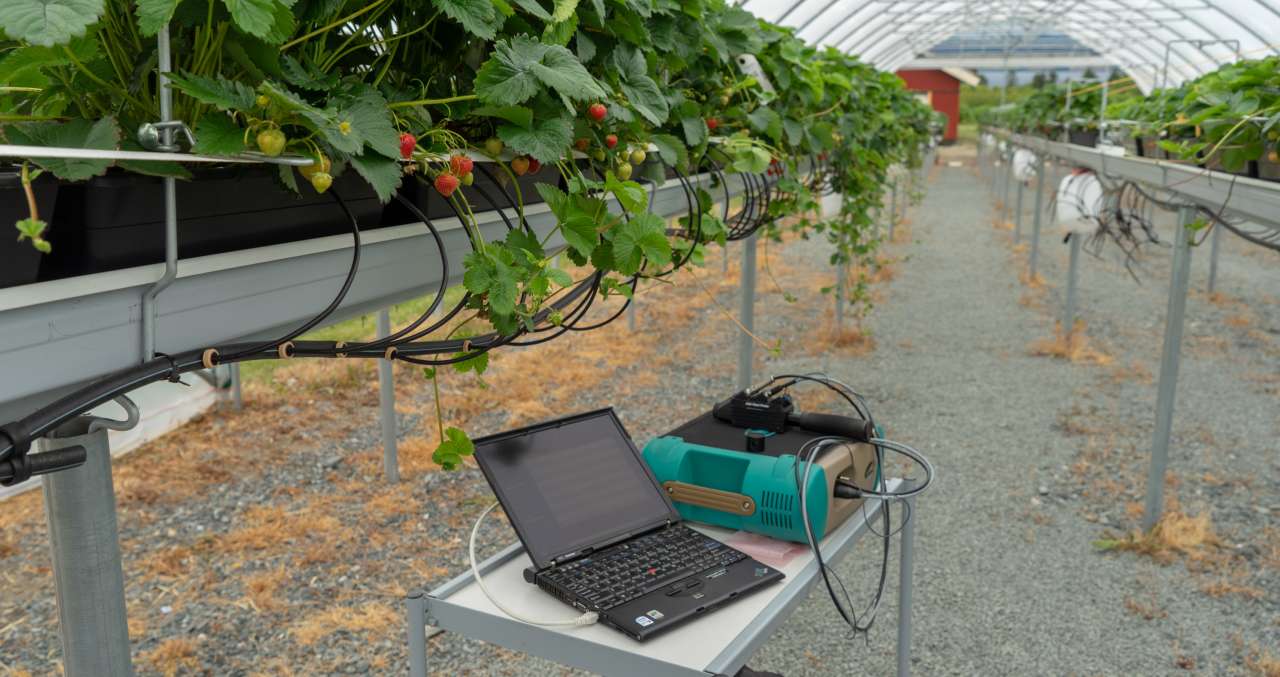
Sensor use in strawberry polytunnel.
Photo: NIBIO
We use various sensor systems for both remote sensing and "proximal sensing." We primarily work with spectrometers and hyperspectral cameras to measure reflectance and, to some extent, fluorescence from plants, which we use to obtain information about various plant characteristics.
In addition, we also use thermal cameras to detect plant stress and sensors to map soil variation and record weather data. Below, we present the sensors used at the Center for Precision Agriculture at Apelsvoll.
In addition to the sensors described below, several of our drones have integrated sensor systems. A description of these can be found in the article about the platforms and drones we have available.
Raman Spectrometer
Raman spectroscopy is a versatile, non-destructive technique that provides detailed information about chemical structure. Raman spectrometers probe materials using monochromatic laser light, usually at visible or near-infrared wavelengths (laser wavelength(s) 830 nm). Highly sensitive detectors and spectrographs are used to produce detailed and information-rich spectra from the collected light. Raman spectra often exhibit rich and unique collections of sharp peaks that can be used to determine the identity, concentration, phase, morphology, and many other properties of the analyzed sample.
We use two different Raman spectrometers in our projects.
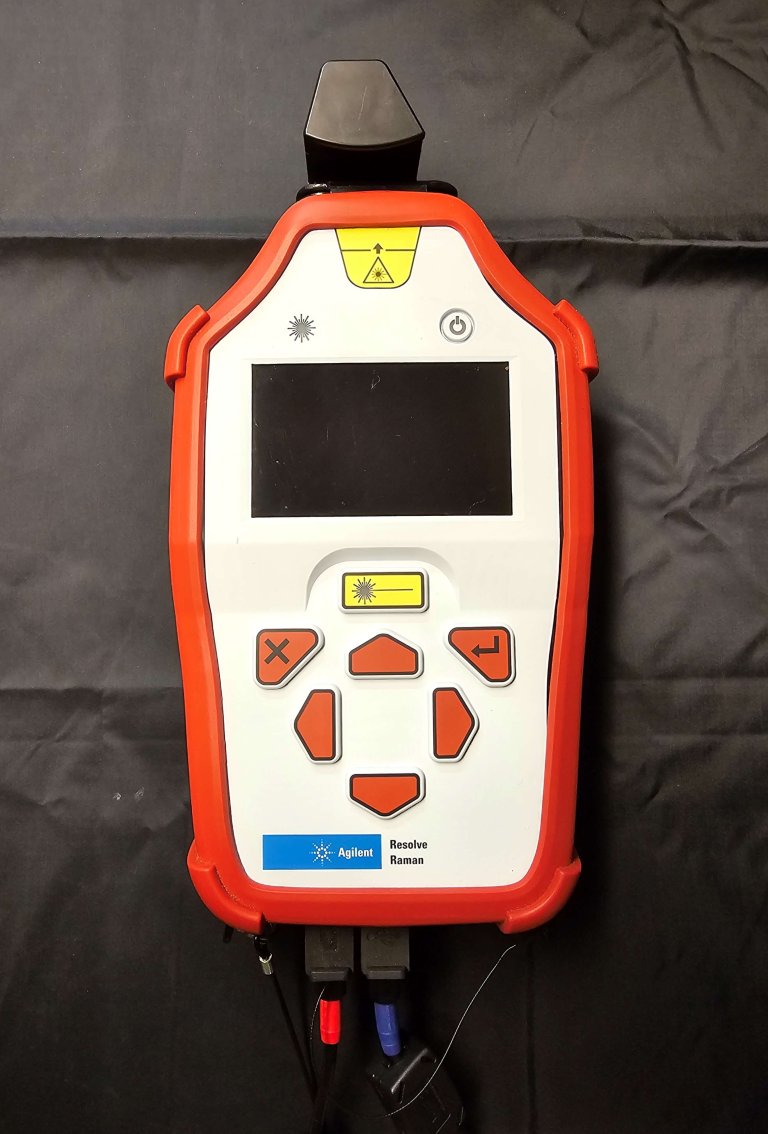
Foto: NIBIO
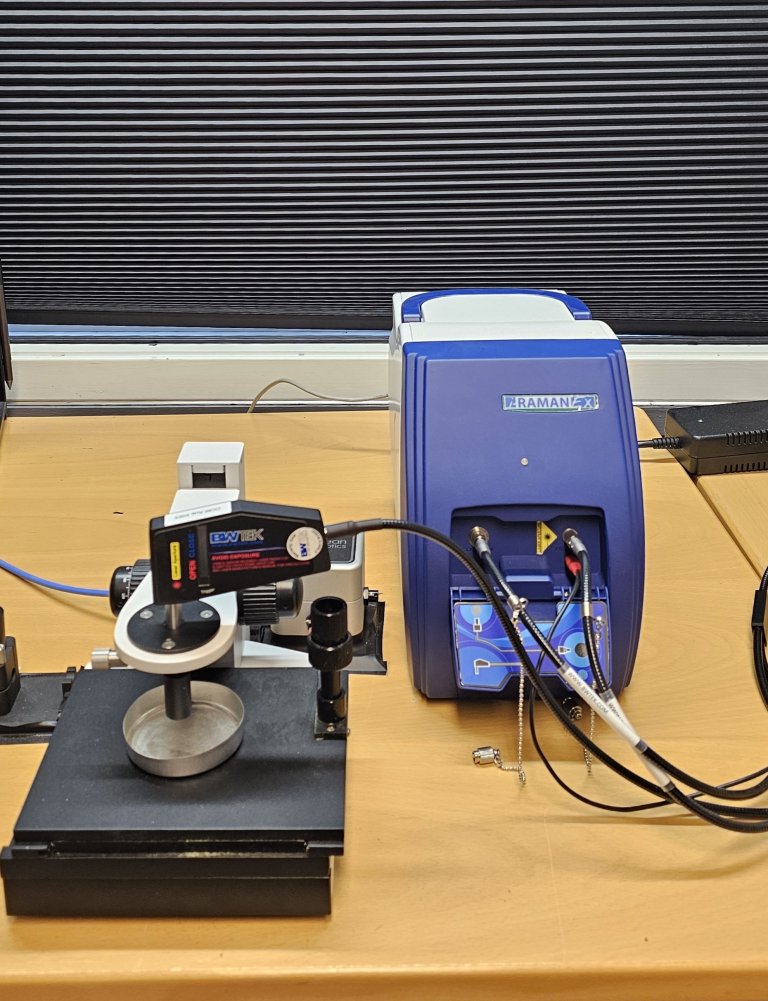
Foto: NIBIO
Yara N-Sensor
We use a tractor-mounted Yara N-Sensor to measure the spectral reflectance signature of the crop canopy. It is equipped with VIS-NIR spectrometers (400-900 nm) for simultaneous recording of incoming radiation and upward reflection from the plants at a nadir angle of 60 degrees.
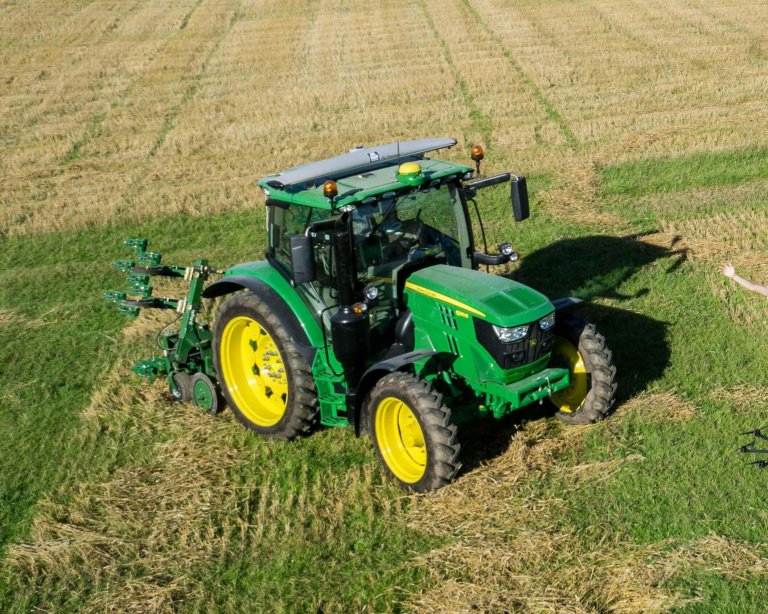
Foto: NIBIO
Yara N-Sensor Handheld
The handheld N-Sensor operates on the same measurement principle as the tractor-mounted version, using two Tec5 MMS1 spectrometers to measure both incoming radiation and reflectance simultaneously. It is suitable for measurements of smaller plots in field trials.

Foto: NIBIO
ASD FieldSpec
We use the ASD FieldSpec 3 spectrometer for radiometric measurements across an extended spectral range (350-2500 nm) with high spectral resolution (1 nm).
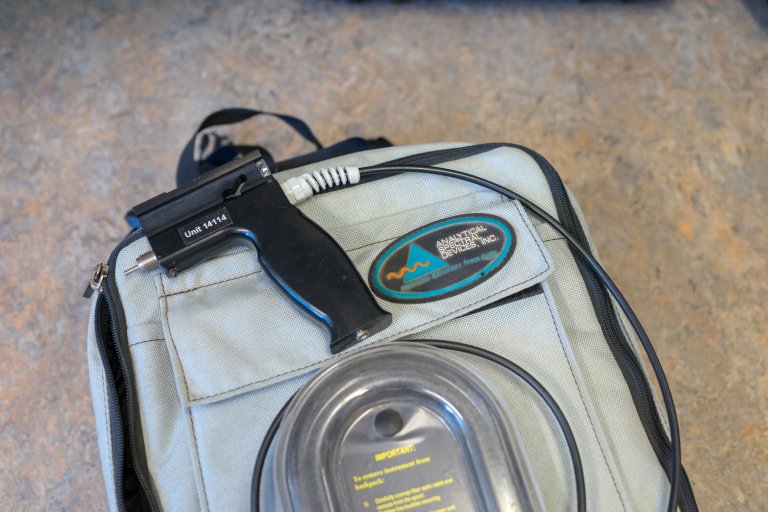
Foto: NIBIO
Ocean Optics Spectrometer
We have several Ocean Optics point spectrometers covering the radiometric spectrum in the UV-VIS-NIR range (200-1100 nm). Our customized USB 4000 features extremely high radiometric resolution (0.1 nm) and is used in research tasks where we need to distinguish between reflected light and fluorescence.
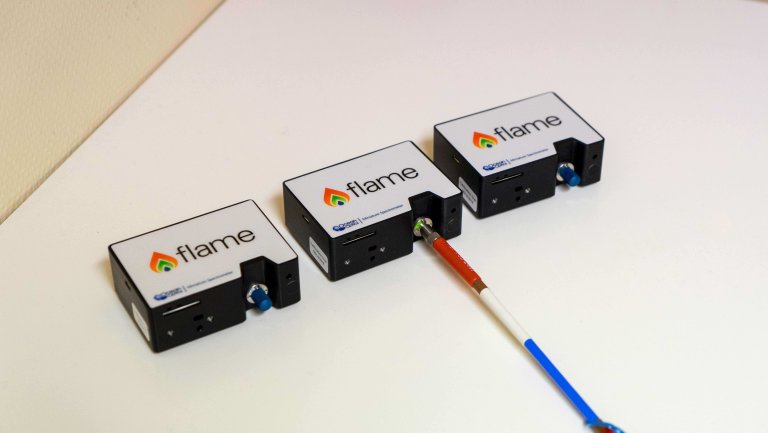
Foto: NIBIO
Integrating Spheres
Accurate measurements are essential for delivering high-quality data. Therefore, all sensors and cameras used in our research undergo a thorough calibration process. Our center is equipped with integrating spheres of the ULS300 type, allowing us to conduct uniform analyses at the pixel level and fine-tune the characteristics of our devices before calibration.
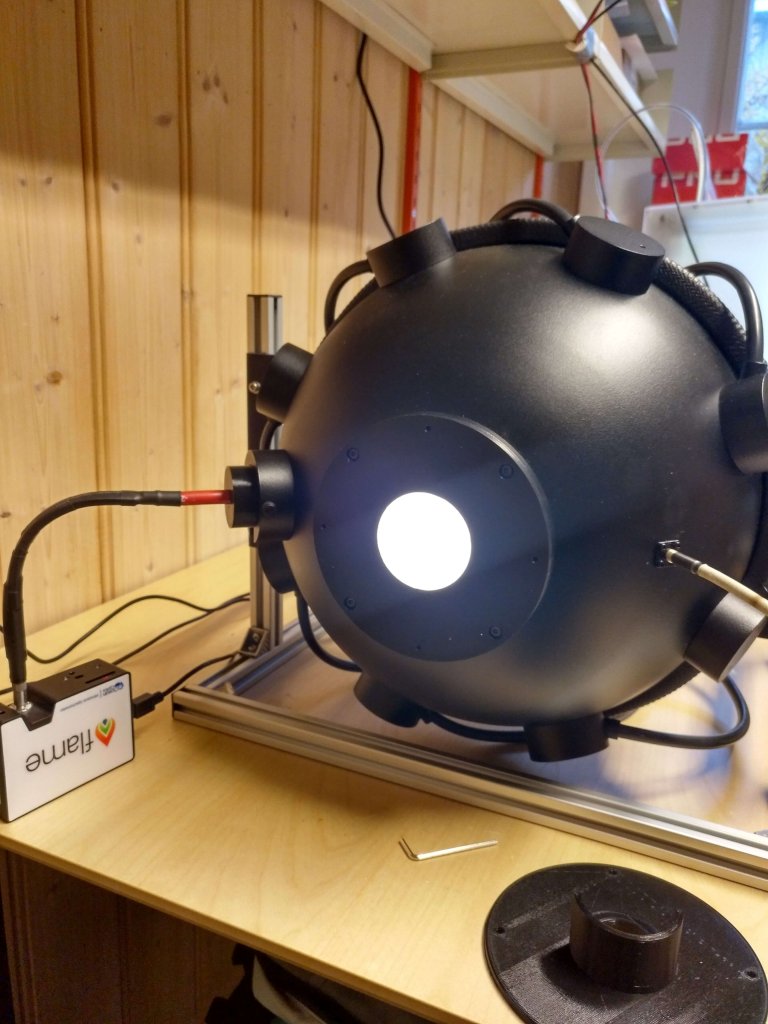
Foto: NIBIO
Rikola Hyperspectral Camera
We use this hyperspectral camera for a variety of measurement tasks, both in greenhouses and in the field, as well as mounted on one of our UAVs. The camera is lightweight and has a radiometric range in the VIS-NIR spectrum (450-800 nm), where individual bands can be selected. In USB mode, it can measure up to 200 bands, while the number is reduced to 32 when used in flight mode.
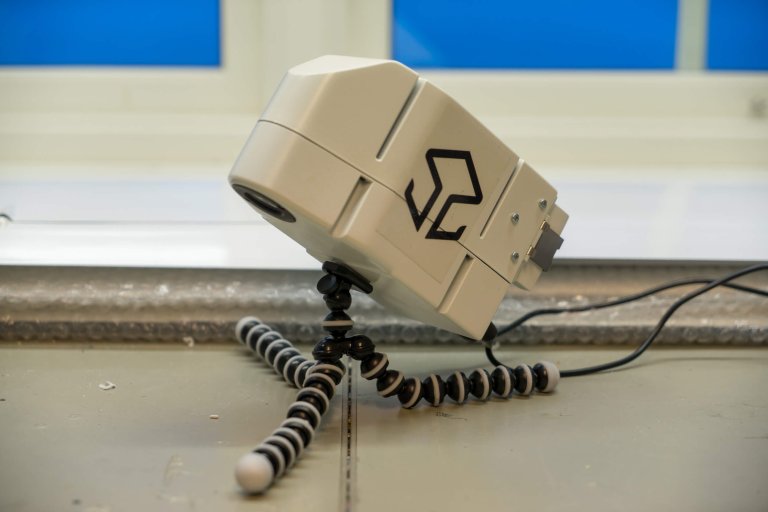
Foto: NIBIO
Imec and Ximea Hyperspectral Cameras
In addition to Rikola, we use small and lightweight hyperspectral cameras from the Imec and Ximea XiQ production lines. We have worked with the cameras SSM2x2-RGB-NIR-10.2, MQ022HG-IM-SM4X4-NIR, and MQ022HG-IM-SM5X5-NIR. These cameras measure 4-25 bands in the 400-950 nm range, with a frame rate of up to 170 images per second.
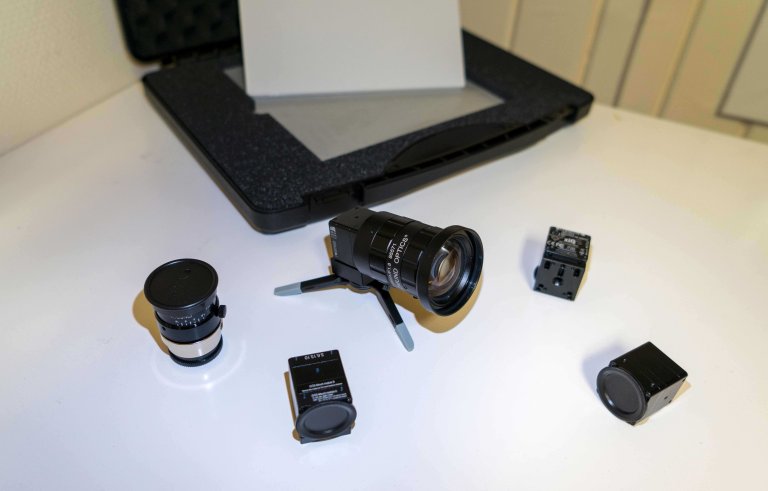
Flir Tau 2 Thermal Camera
For thermal imaging in the TIR range (7.5 - 13.5 µm), we use a Flir Tau Uncooled microbolometer. The camera is used either handheld or mounted on one of our UAVs.
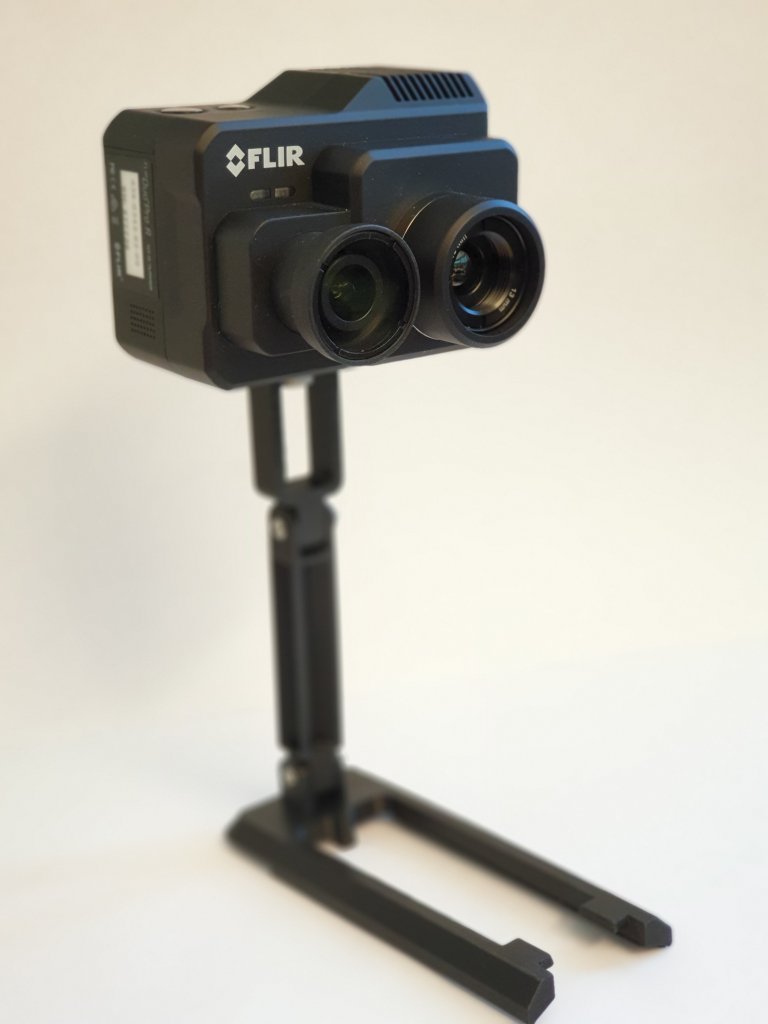
Foto: NIBIO
LIDAR
In addition to depth cameras, we use several LiDAR systems to estimate position, perform 3D reconstruction (when used with high-precision IMU and RTK-GNSS receivers), and detect obstacles for our mobile robots. We use the TM561 from SICK and the G4 from YDLIDAR.
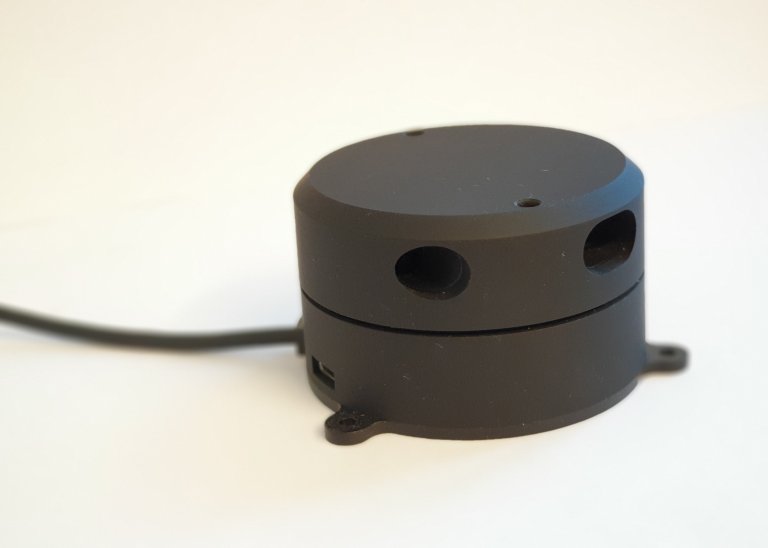
Foto: NIBIO
Trimble Geo7X
We use the Trimble Geo7X, which receives signals from global navigation satellite systems (GNSS) for highly accurate measurements (RTK; 1-3 cm CEP).
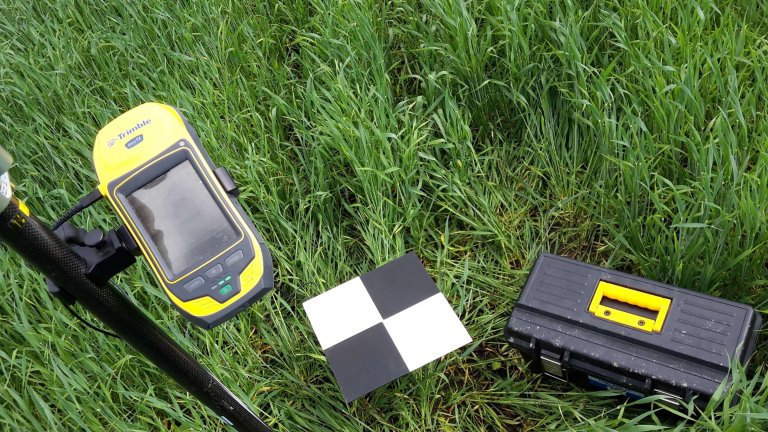
Trimble Catalyst RTK-GNSS
For seasonal tasks, we also use four Trimble Catalyst RTK-GNSS units, which can be used with a subscription on most modern Android platforms. This allows us to link GPS to custom applications and achieve highly accurate measurements (RTK; 1-3 cm CEP).
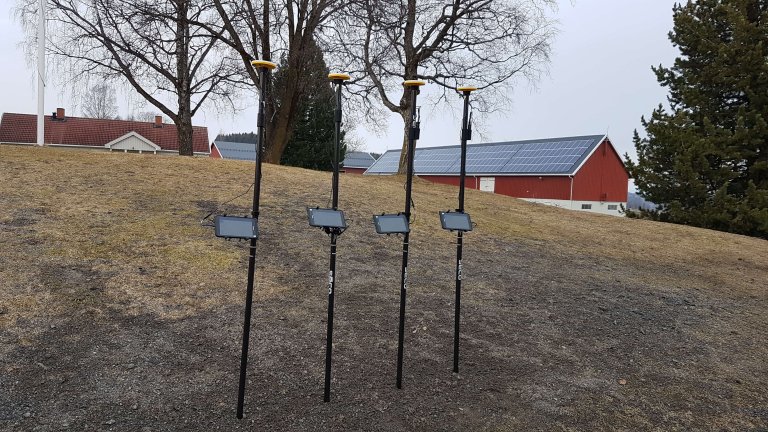
Foto: NIBIO
Swift Navigation Piksi
We use the Piksi GNSS in combination with our own base station for high-precision navigation of mobile robots.
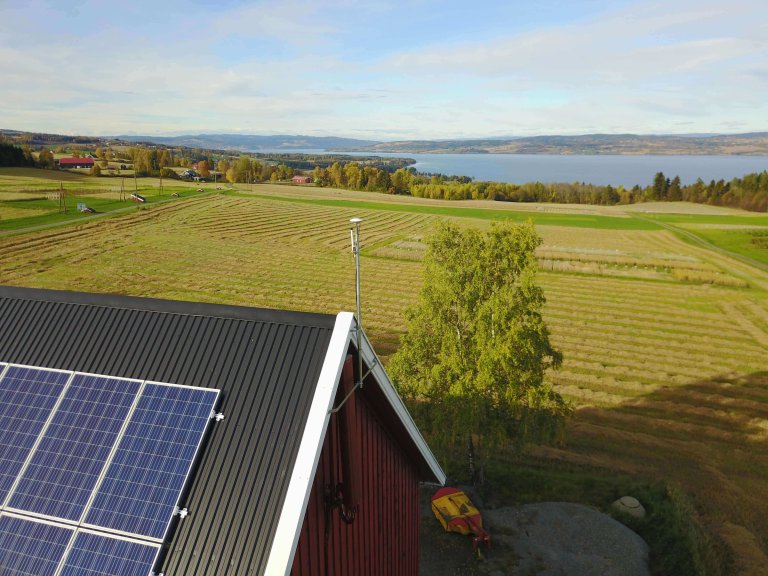
Foto: NIBIO
Contacts
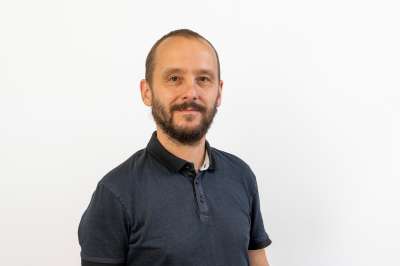

Jakob Geipel
Research Scientist
-
Division of Food Production and Society
(+47) 915 66 289 jakob.geipel@nibio.no Office Location: Apelsvoll
Contacts


Jakob Geipel
Research Scientist
-
Division of Food Production and Society
(+47) 915 66 289 jakob.geipel@nibio.no Office Location: Apelsvoll
